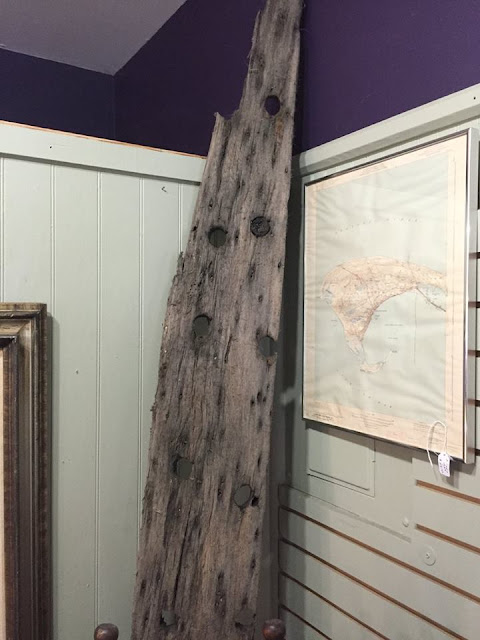Hello all, I figured I would write a few sentences today about the difficulties of in situ preservation of loose ships timbers from shipwrecks. In my opinion these pieces of maritime material culture don't get the credit they deserve. They can be excellent recording practice and teaching aides. They can be used to highlight the importance of in-situ preservation as defined in the best practices handbook of the UCH-UNESCO manual posted earlier. They however, suffer from being destroyed by people building beach fires and tourists who don't know their archaeological and historical significance. Unfortunately, in the State of Virginia, there is no training program implemented in how to properly document them. There are several non-profit org's listed on this blog which assist the state and that has proven adequate since we lost the position of State Maritime Archaeologist in the early 90's. However, many of us wish the state would do better. We cannot force the issue, bu we can bring light to it. The devil in recording timbers are the tiny details, the caulking, the fastenings, wood grain, wood choice for ship construction. None of these things are easy to get from reading literature and it is always best to have analysis done by someone who has been trained to record timbers in the field. In the end, with so little care or thought put into maritime heritage protection, we as a people stop seeing our heritage as valuable for all, and some will even seek to profit from what belongs to all of us. Best, J
Tuesday, May 17, 2016
Subscribe to:
Post Comments (Atom)


No comments:
Post a Comment